"It won’t roll over until it reaches 53deg,” says the matter-of-fact voice up front. This is reassuring, because from my tilting vantage point in the rear I can see an inclinometer, and it’s reading 35deg.
Beyond the windscreen is a steep, red-orange bank of earth on one side and a gully on the other. That there’s not much space between the two is the reason for our wanton stance. Beyond the ditch lies a vertiginous drop that would test this Bentley prototype’s aluminium-intensive bodyshell to destruction.
The voice of calm belongs to Cameron Paterson, Bentley’s director of whole vehicle engineering, which means that he’s responsible for everything from the function of the massage seats to the Bentley’s performance while adopting unseemly angles.
Before the birth of the Bentayga, an unseemly angle for a Bentley would have been a deliberate drift, a momentary slither or the product of a hard charge on a banked test track. But in this case, we’re off-roading a prototype Bentayga.
This car is one of a small fleet of much-travelled prototypes. Either under their own W12 steam or in the holds of planes, these machines have been variously shipped to the Scandinavian Arctic, South Africa’s heat and the United Arab Emirates’s dust as part of the most intensive new model test programme the company has yet pursued.
At various points in the past few months, we’ve followed some of that test programme to Spain and, before that, South Africa. There’s no missing these black Bentaygas when they emerge from their Cape Town hide – although we’re only part-seeing them, because their shapes are distorted with strategically shaped glassfibre mouldings and an artfully misleading bodywrap.
But what’s immediately clear is that this big Bentley SUV is not the same as the big Bentley SUV that startled visitors to the 2012 Geneva motor show. Bentley’s concept EXP 9 F attracted plenty of barbs, as product line director Peter Guest acknowledges: “The reaction to the concept was polarised, but support for the idea was overwhelming. So we were on the right lines.
“There was no luxury SUV with the Bentley attributes of strength, solidity and power – or four-wheel drive. This is a 21st century grand tourer. The experience is always the same inside. The only thing that changes is what’s outside. It has Bentley values with an added utility element.”
There was never any question that Crewe was going to build an SUV, then, and Bentley’s ambition for its own offering is entirely straightforward as a mission, if less so as a task to execute. Marcus Abbott, head of product marketing, describes it as “the fastest, most luxurious and exclusive SUV”, adding that the model must “extend the Bentley values of exquisite design materials, exclusivity and individuality to a new market, to take luxury to new places such as sand dunes and mountains”.
In keeping with that goal, these Bentaygas have suffering a beating sun during 10 weeks of testing in South Africa, Dubai and Oman. We’re joining them for the South African sojourn, although today’s temperature is half that of the 50deg C in which the Bentayga must perform “uncompromised”. Besides heat, South Africa tests an interior’s resistance to the trim-degrading effects of ultraviolet light. Six months in the sun here is equivalent to 15 years in less harsh climes.
There’s nothing harsh about sitting inside a Bentayga, its cabin instantly recognisable thanks to the sumptuous materials and fine detailing for which Bentleys are known.
There’s also plenty of space and a rear-seat experience to match that up front if two adjustable, individual chairs are ordered. You can’t fully recline the rears to experience a faux hot-stone massage as you can in a Mercedes-Benz S-Class, it’s true, but the experience is pretty sybaritic nonetheless, especially if the leather specified is more colourful than the necessarily dull tones of these prototypes.
The cars demonstrate their performance as we clear Cape Town, where their ability to merge with fast-moving traffic is dramatically effective.
Further confirmation of this is provided by the mean-looking matt black Audi Q7 mule that’s part of our convoy. It is actually propelled by the full might of the Bentayga’s powertrain and rides on its actively roll-controlled air suspension.
Guest is keen that we experience the lack of tilt during a lane change test, which certainly bestows the Q7 with a confident agility belying its height and bulk, but it’s hard not to be equally impressed by its cushion-crushing acceleration and the engine’s muscular trumpetings.
The source of this considerable force is a completely new 6.0-litre W12 engine. According to head of powertrain Paul Williams, the engine “has been redesigned from scratch, with barely a washer retained”.
The rethink has yielded an engine 30kg lighter and now of variable displacement, half the cylinders shutting down at times for fuel-saving cruising. Internal friction has been reduced and, unusually, the fuel injection system is both direct and indirect, these switching combustion methods being good “for emissions, driveability and cold-start performance”.
Bentley has yet to issue definitive statistics beyond pledging “more than 542bhp, over 519lb ft of torque, 0-62mph acceleration below 5.0sec, a top speed of over 170mph and CO2 emissions under 330g/km”. The impressive figures are largely the result of a predominantly aluminium body strategically girded with high-strength steels that saves 100kg. Its core is similar to the new Q7’s, the pair sharing Volkswagen’s MSB platform.
Performance like that is more than capable of whirling up a South African dust cloud that’s useful for ensuring the absence of penetration into both the cabin and the casings of the many electronic control units. The Bentayga carries no fewer than 90 ECUs – double a Continental’s – which you might think is asking for trouble, but Paterson maintains that while “every year the complexity goes up, so does reliability”.
Those ECUs contribute substantially to the Bentley’s abilities off road and on, too. A Land Rover-style rotary knob provides modes for sand, mud and gravel, as well as comfort and sport. There’s also a ‘Bentley’ setting, optimal for most circumstances and intended to ease the driver’s relationship with the Bentayga’s considerable on-board technology.
Guest explains: “Some SUVs are on-road biased. Others emphasise off-roading. The Bentley offers both.” That said, he reckons “most customers won’t take them off road, but they do want to know that the car can do it.”
The technology behind its plush ride is particularly impressive, a 48-volt electric anti-roll system “completely eliminating roll but not comfort”, says Guest. Banishing the impact of the short, sharp shock is an obsession, the long-travel suspension design aiming for exceptional absorbency during the first few millimetres of a wheel’s movement.
The aim is a luxuriantly cushioned ride that doesn’t turn queasily nautical at the first sight of a corner. It isn’t quite roll-free – a good thing, we reckon – and sharp bumps sometimes agitate the hefty unsprung mass, but mostly you’ll enjoy sumptuous comfort.
“In the early days,” says Guest, “we explored a less luxurious interior, but the market research clinic said, ‘Don’t even think about it’.” Open a door and it’s impossible to miss the luxuriant impact of exquisitely tailored seats, the depth in the beautifully lacquered woods and, after you’ve drunk it in awhile, the precision of the cabin’s assembly. The car can be ordered with three types of seating: one with four individual chairs and a centre console, another with five seats and a folding backrest and a third providing five-seats-plus-two, the last pair occasional.
The tailgate is one-piece rather than a two-piece split, says Guest, “because when the bottom bit is down you can’t get anything out. You have to climb onto the tailgate to get at it. So for picnicking, we have an event seat, which clips to the luggage rails. It folds out of the rear and you can use it as a luggage divider.”
Despite offering these charms, the Bentley also has plenty of ultra-modern equipment, including night vision, automatic parking, a surround-view camera and exit and lane departure warnings.
There’s no chance to test all of this while cruising dirt trails and fording rivers. Apart from underlining the usefulness of lashings of torque and excellent suspension articulation, our off-roading confirms the creak-free integrity of the Bentley’s structure, as well as its ability to scale a rain-lubricated rock climb that ascends in a series of deep-pitched steps.
The Bentayga tackles these with no run-up, its demo driver picking a course to minimise the shaving of its overhangs (ramp and departure angles are the one area where the Range Rover is ahead, says Bentley). It makes the climb, of course, but the almost animal-like slitherings of its rear end confirm the effort and finely calibrated traction required, even if the W12 does its job with a minimum of unseemly revving.
It’s this easy effortlessness, in virtually every circumstance, that impresses deeply, especially because it’s combined with such wieldy handling, deft steering, earth-shrinking performance and mind-balming civility.
This is a go-anywhere car of a different kind, and although the most restrictive terrain it’s likely to encounter will be the world’s most exclusive valet parking addresses, Bentayga owners will doubtless be content that it can also tackle the planet’s most challenging roads and tracks with potent nonchalance.
On the the wintery North Cape in the Bentley Bentayga
Somewhere along the long and complex development road that has produced the Bentayga SUV, the company’s engineering bosses hatched a plan to take a couple of near-production prototypes to North Cape, at the very top of Norway.
It was especially appropriate, they felt, for a car deemed close to the pinnacle of European automotive engineering to visit the top of the continent itself, and to do it in late winter while there were still icy lakes to drive on, while the landscape was still a back-drop of wintry magic, and while the icy roads were still a decent test for the vehicle’s all-roads ability. This select group, led by Bentley engineering director Rolf Frech, decided to take a couple of hacks along for the ride.
The cars were already in situ, so we flew from London to Helsinki, then on to Ivalo, Finland, to meet Bentley’s engineering teams about 260 miles south of North Cape.
It was a goal well within our reach under normal conditions, but a combination of snow showers and powerful crosswinds held the potential for abrupt road closures. Pausing only for a short briefing, we headed briskly north.
There’s much more in the main story here about the Bentayga’s mechanical refinements, but two things stood out. First was the clever decisions that have guided the Bentayga’s size and layout.
The further we drove in quietness and refinement, four up, the wiser it seemed to have made the car about the same size as a long-wheelbase Range Rover, but 60mm lower, and to have given it a relatively snug front compartment and reserved the sprawling space for the rear.
Second was the supreme influence of the suite of electronic aids: head-up display, radar cruise control, height-controlled air springs, a new level of tyre pressure monitoring, an especially clever roll control system and much, much more.
The weather intruded only twice — when we stopped to change a tyre (the monitoring system warned us even before it had fully deflated) and were practically flattened by crosswinds, and later in the afternoon when we reached North Cape; the wind was so strong that you could literally lean into it.
We stayed locally in Honningsvag, then high-tailed it back to Ivalo in the early morning, both because even higher winds were threatened in the north and because we wanted to grab the opportunity to try the stability gizmos at speed on a convenient icy lake. It was a short episode, but very, very sweet.
Get the latest car news, reviews and galleries from Autocar direct to your inbox every week. Enter your email address below:

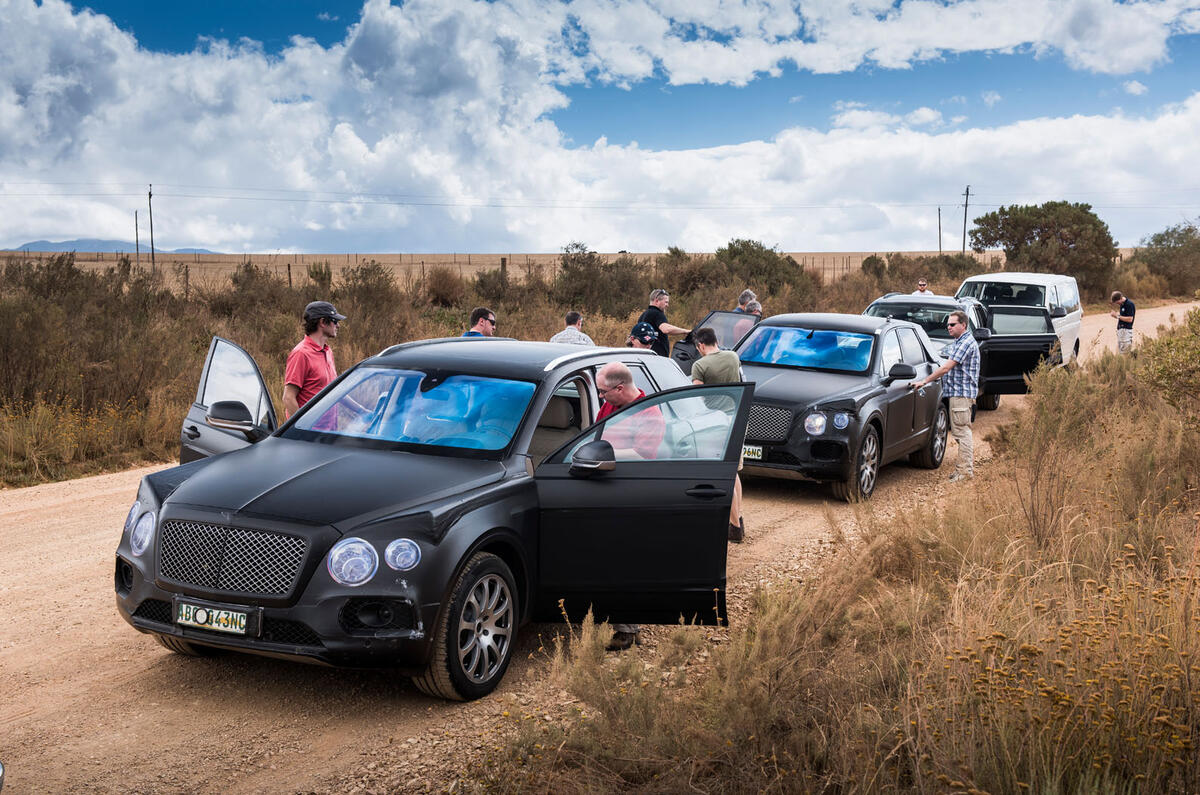
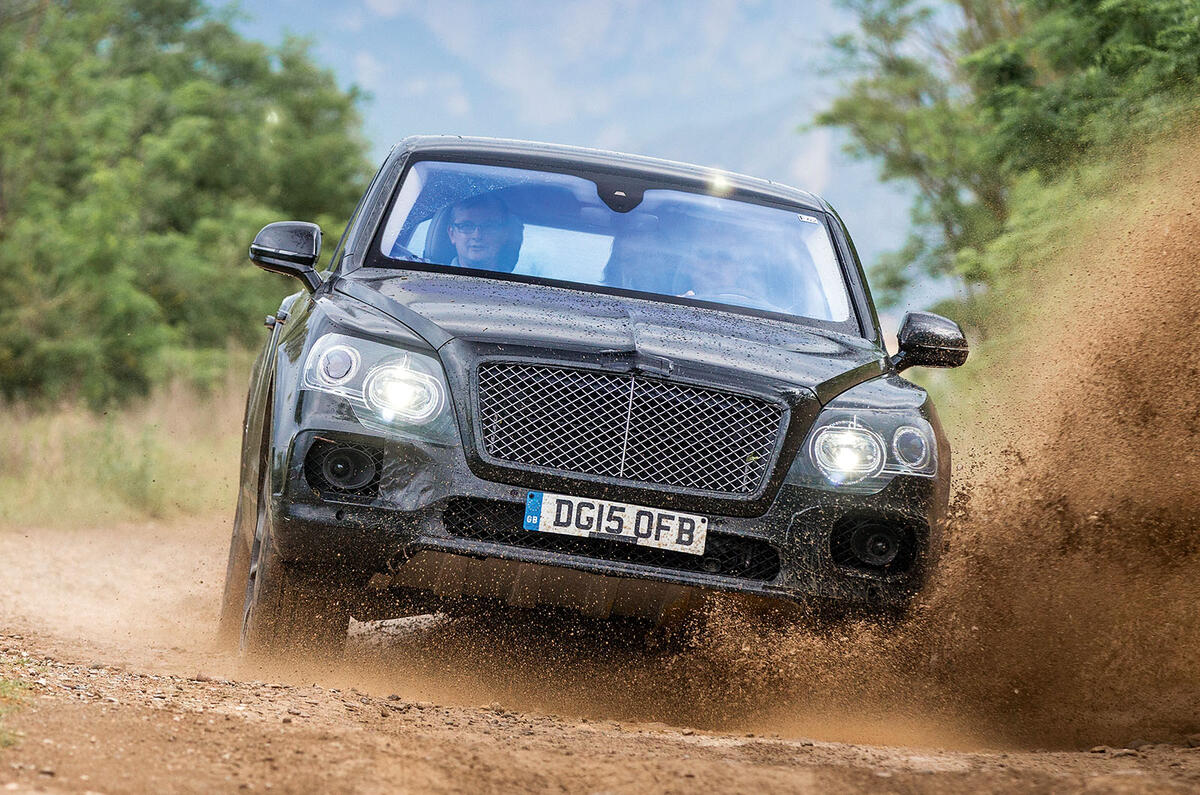
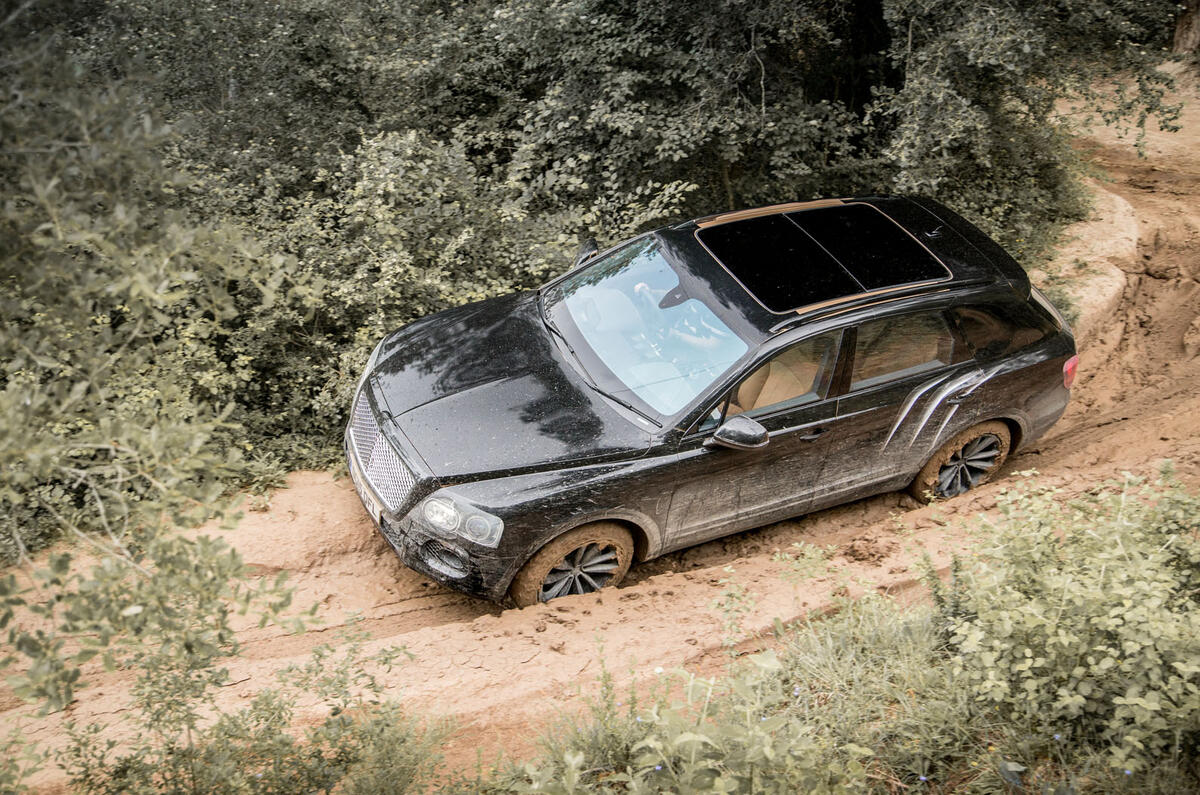
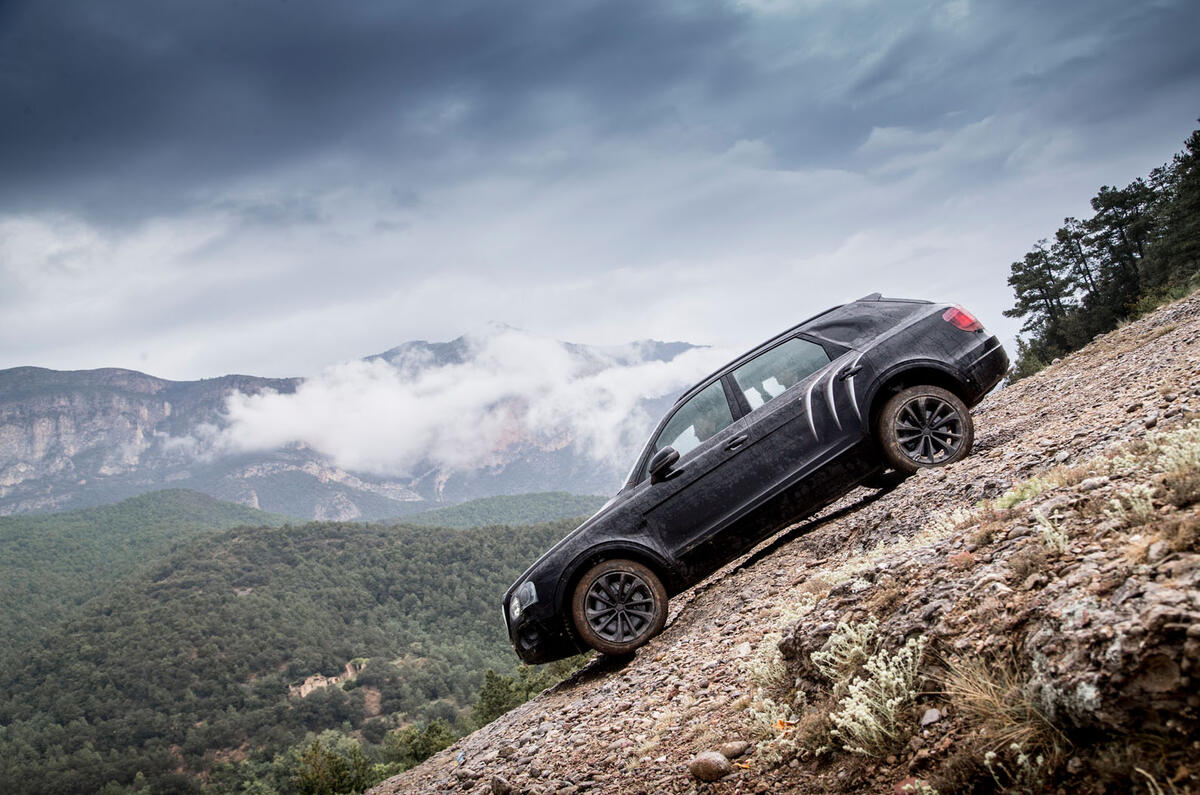
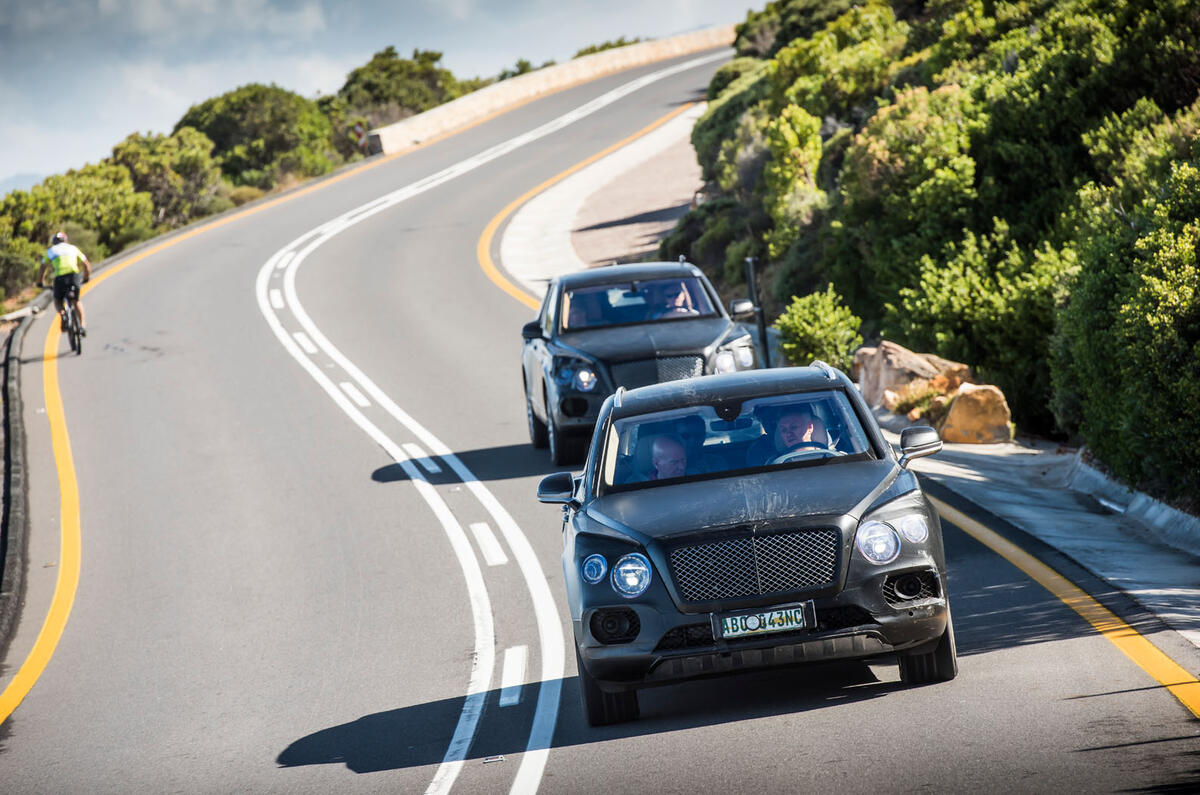
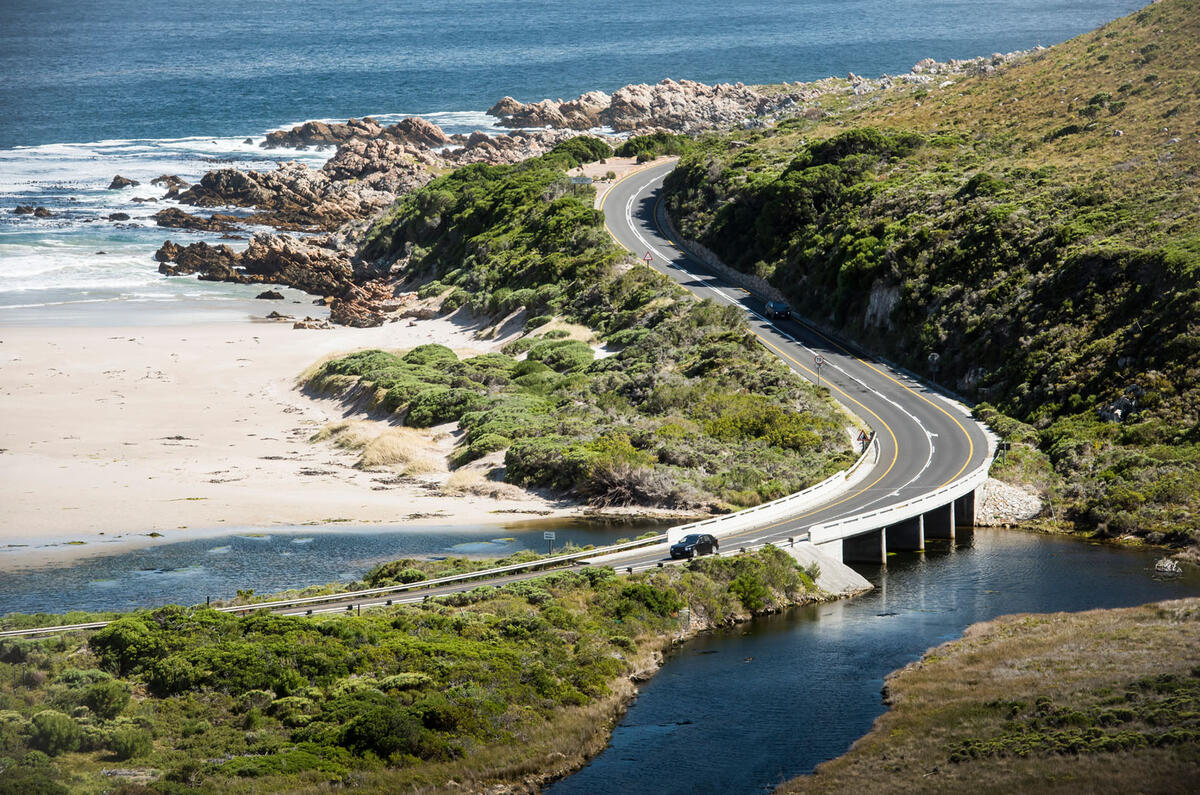
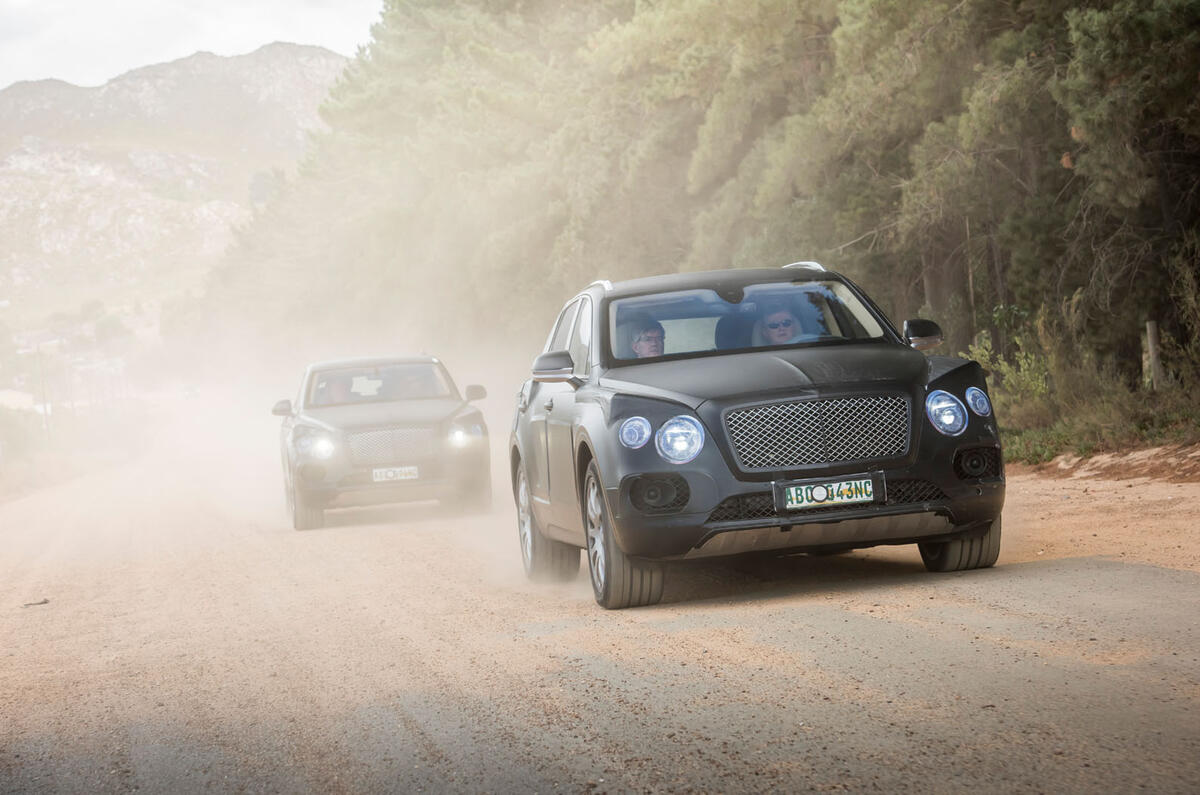

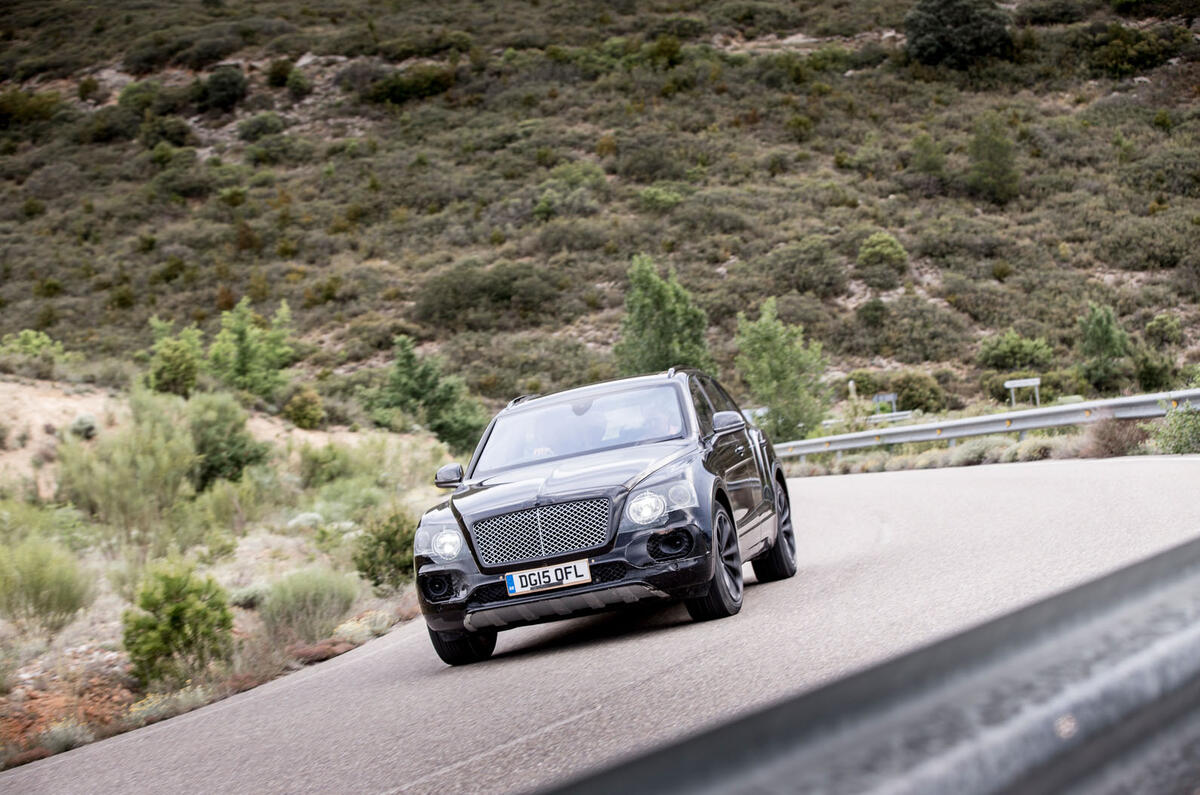
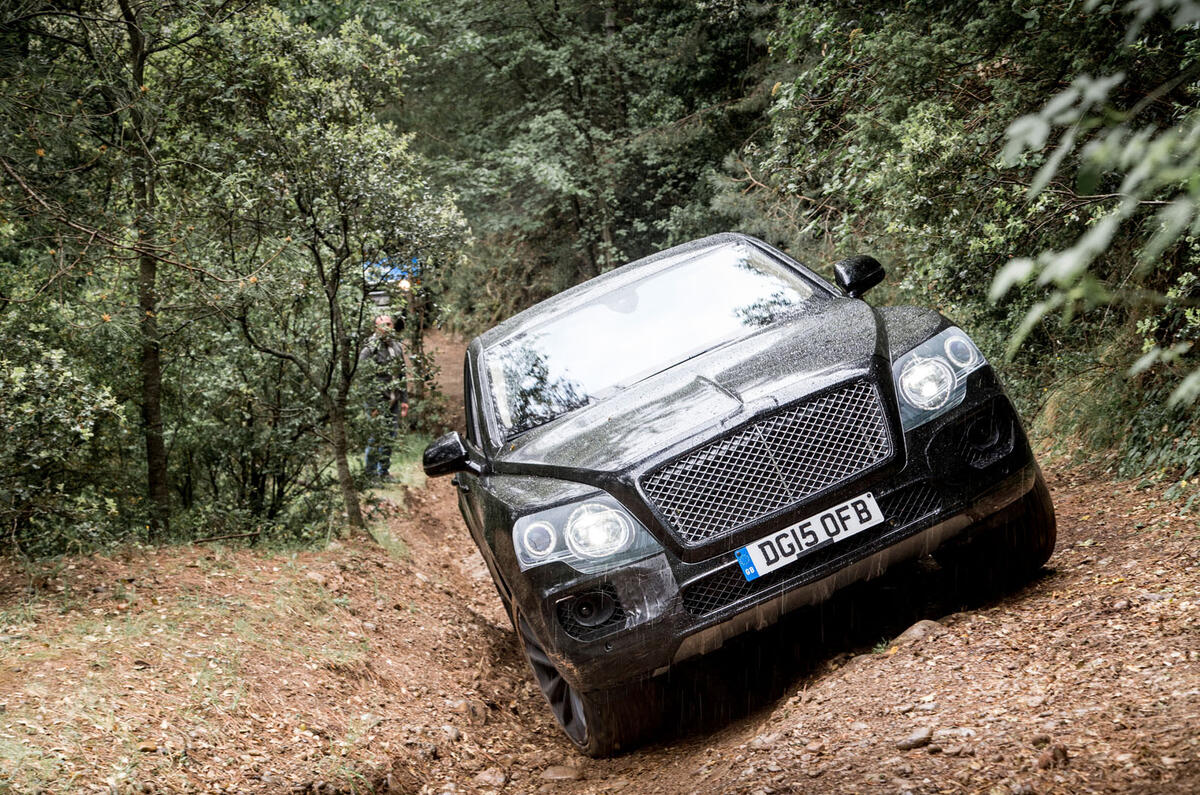
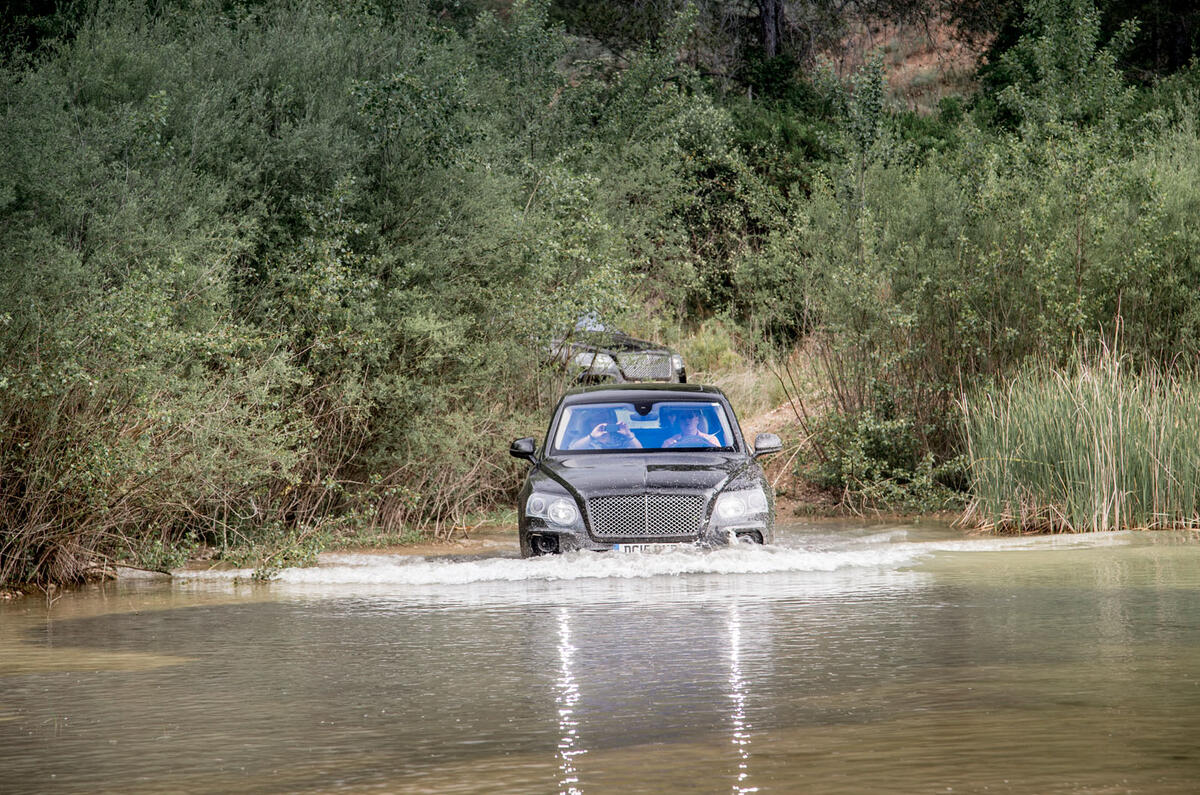
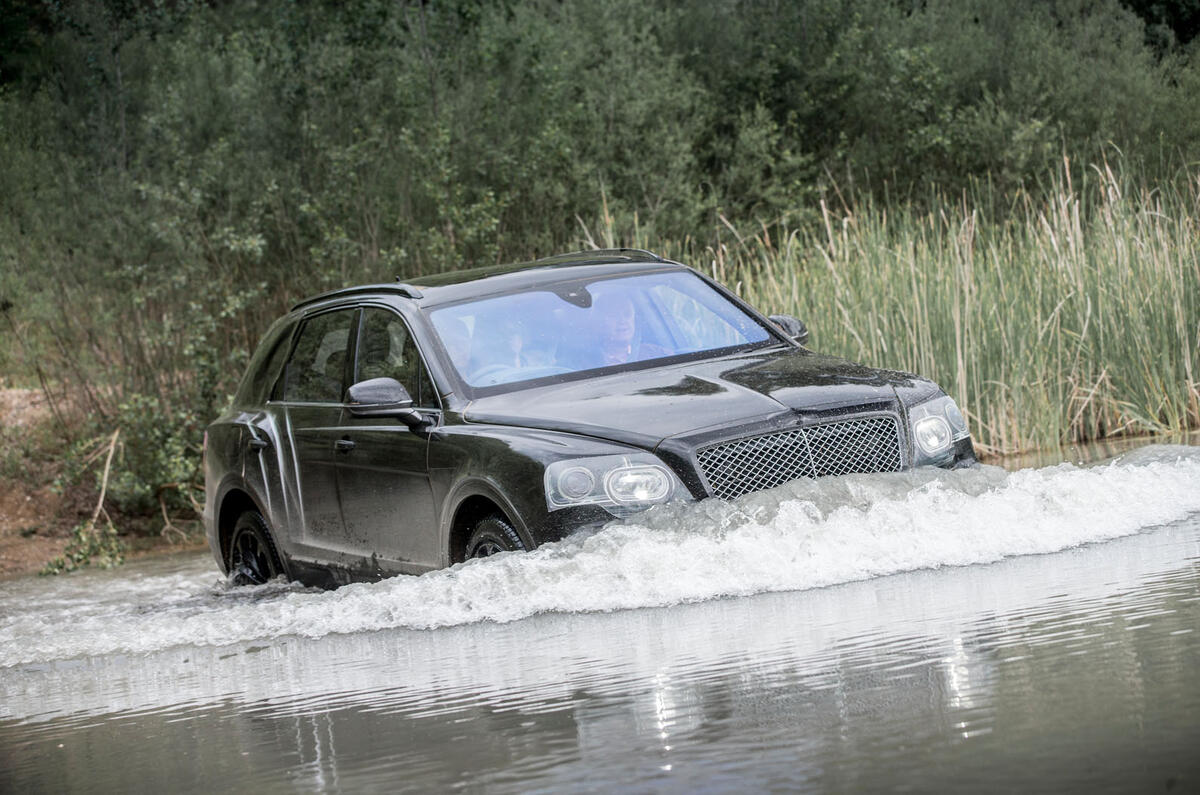
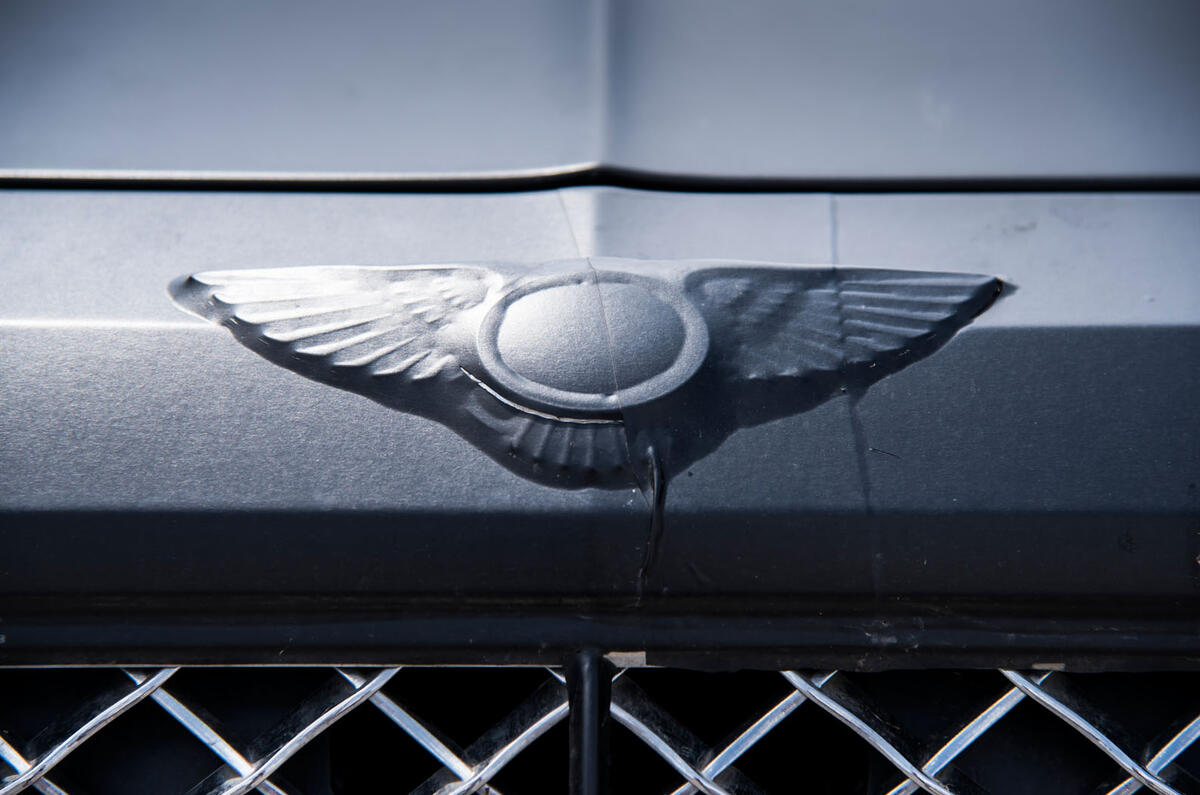
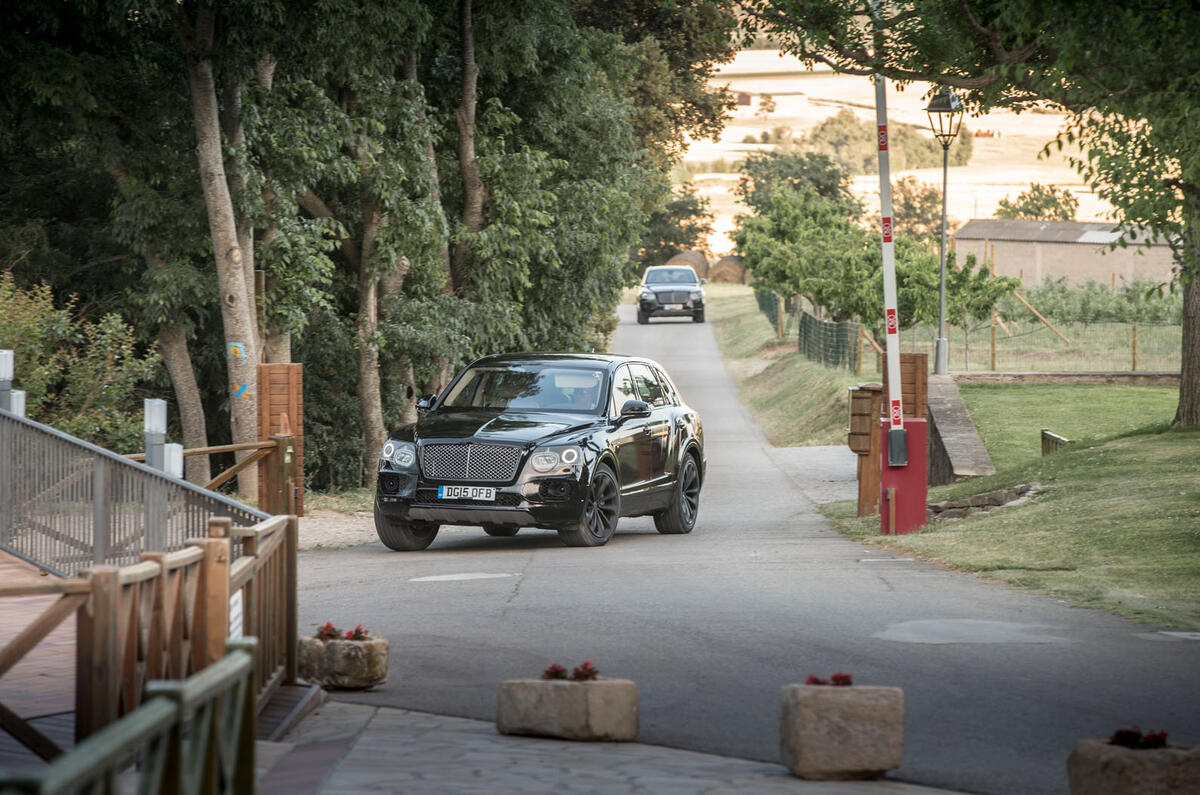
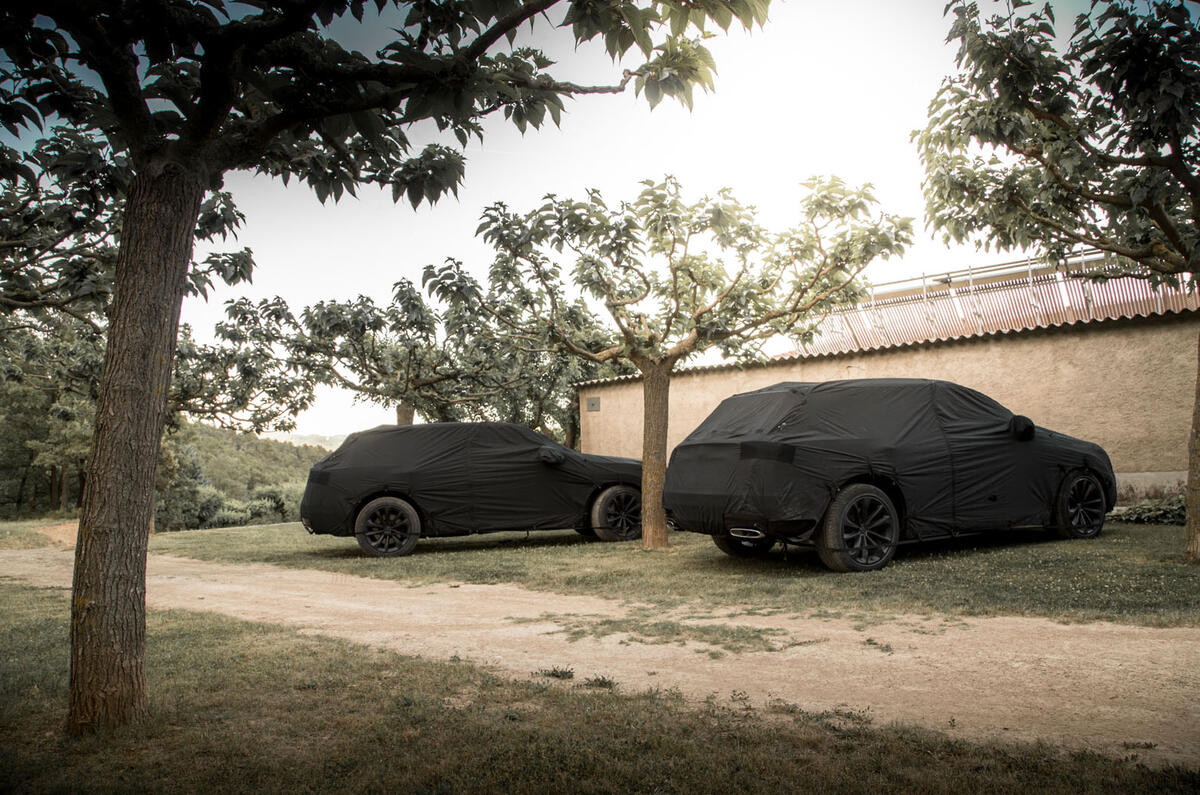
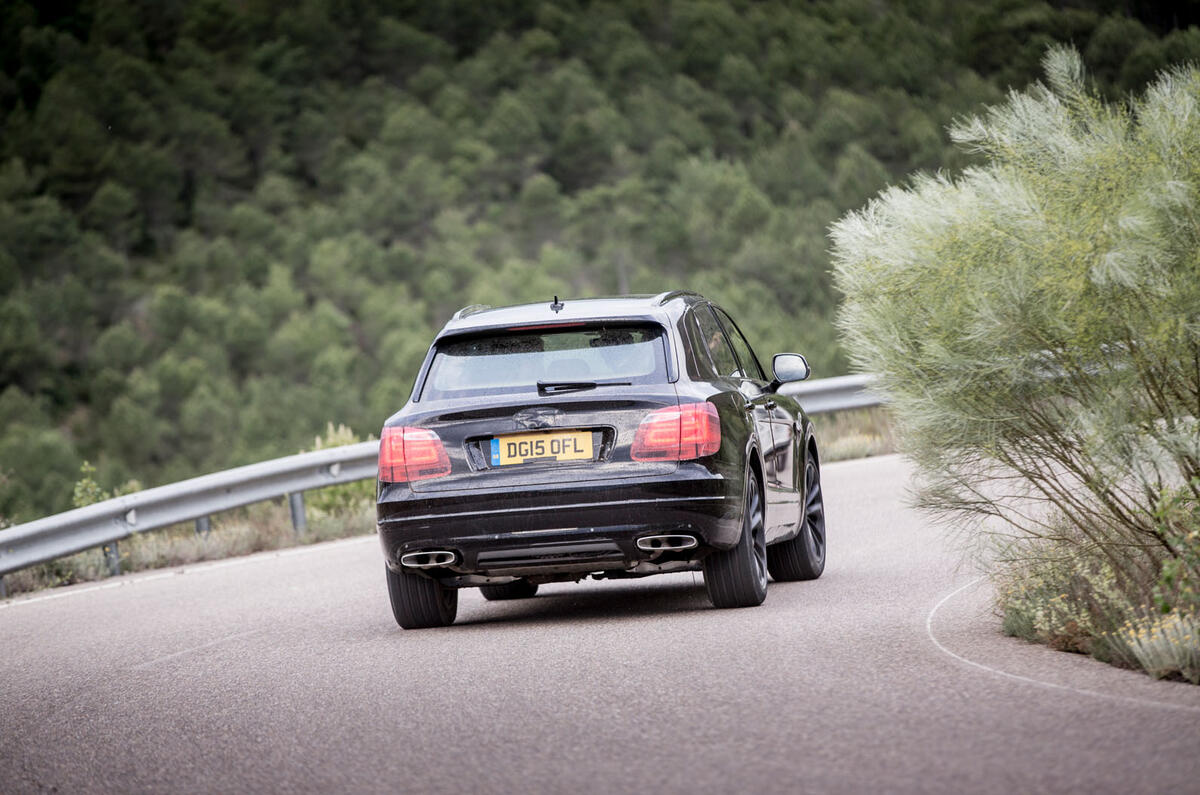
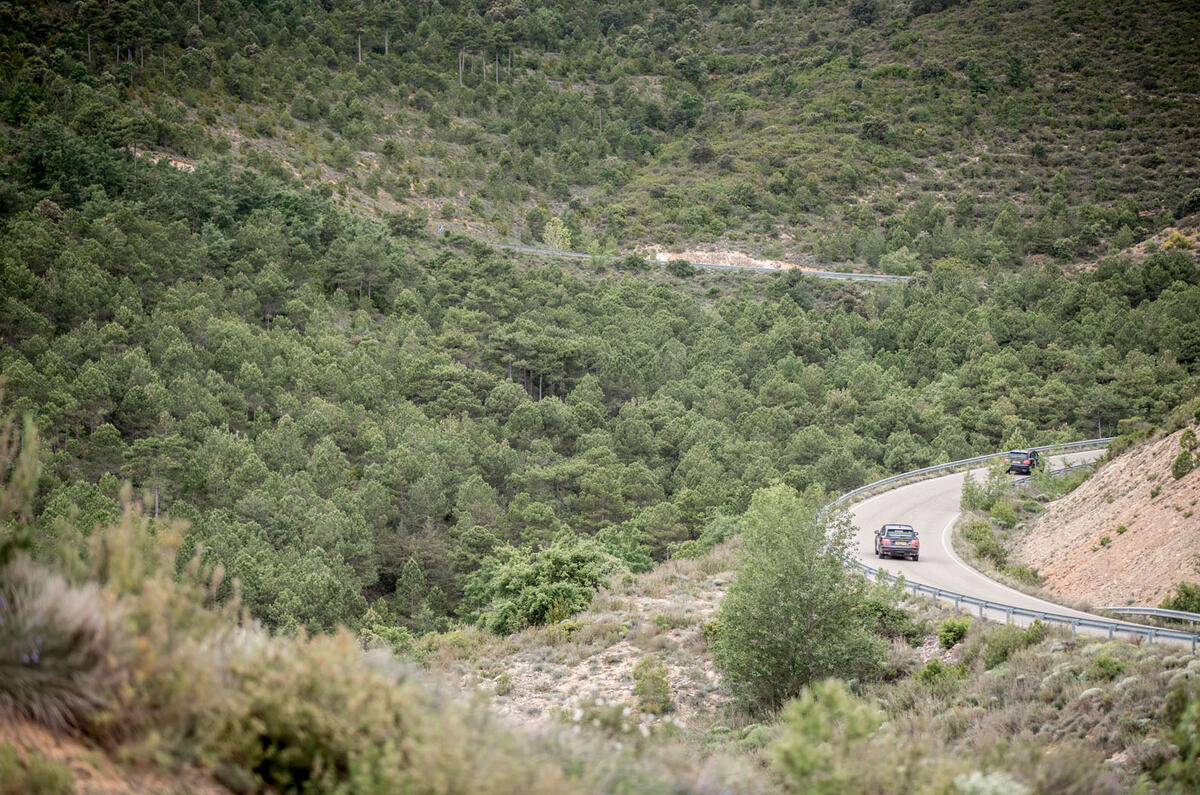
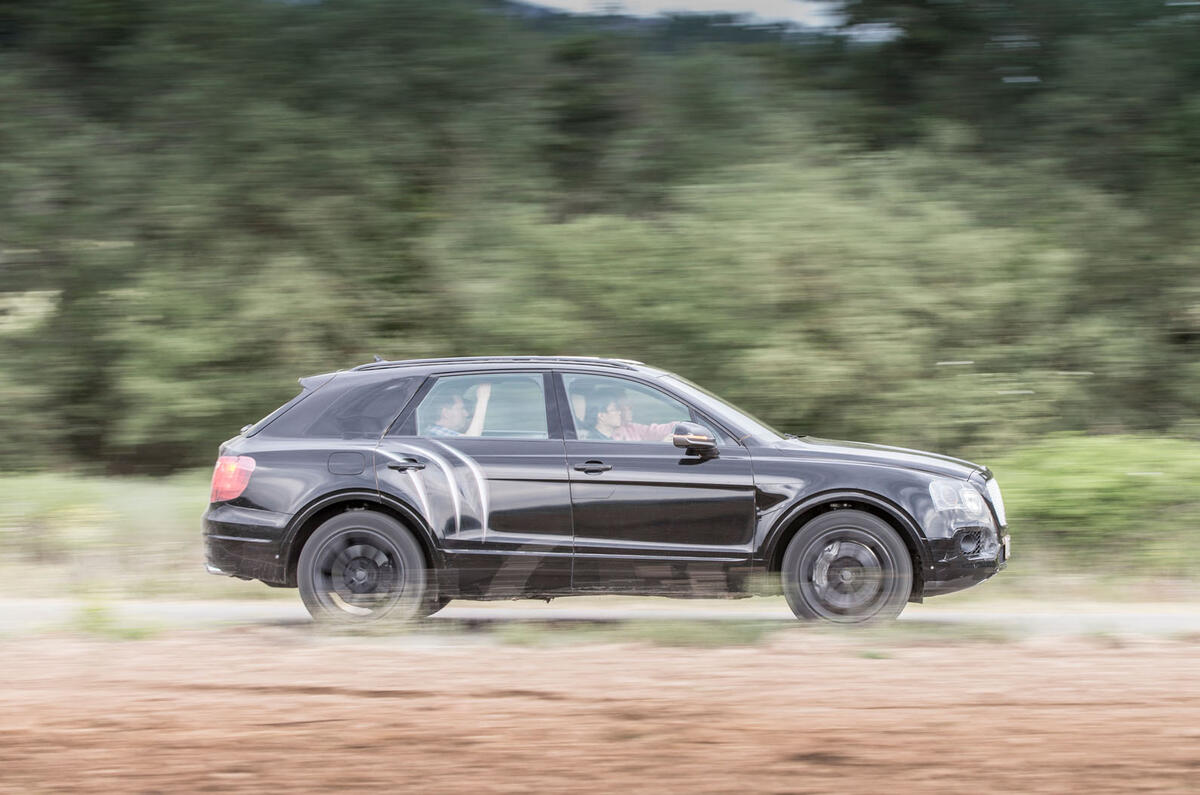
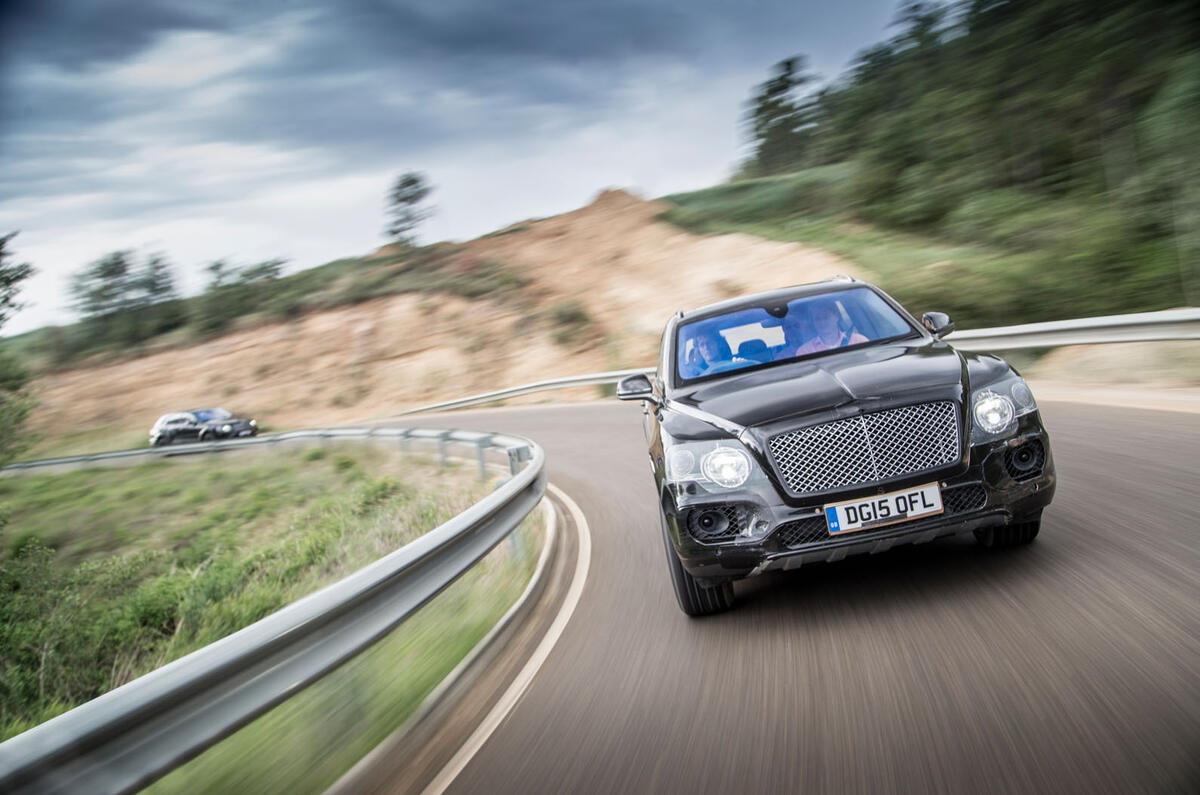
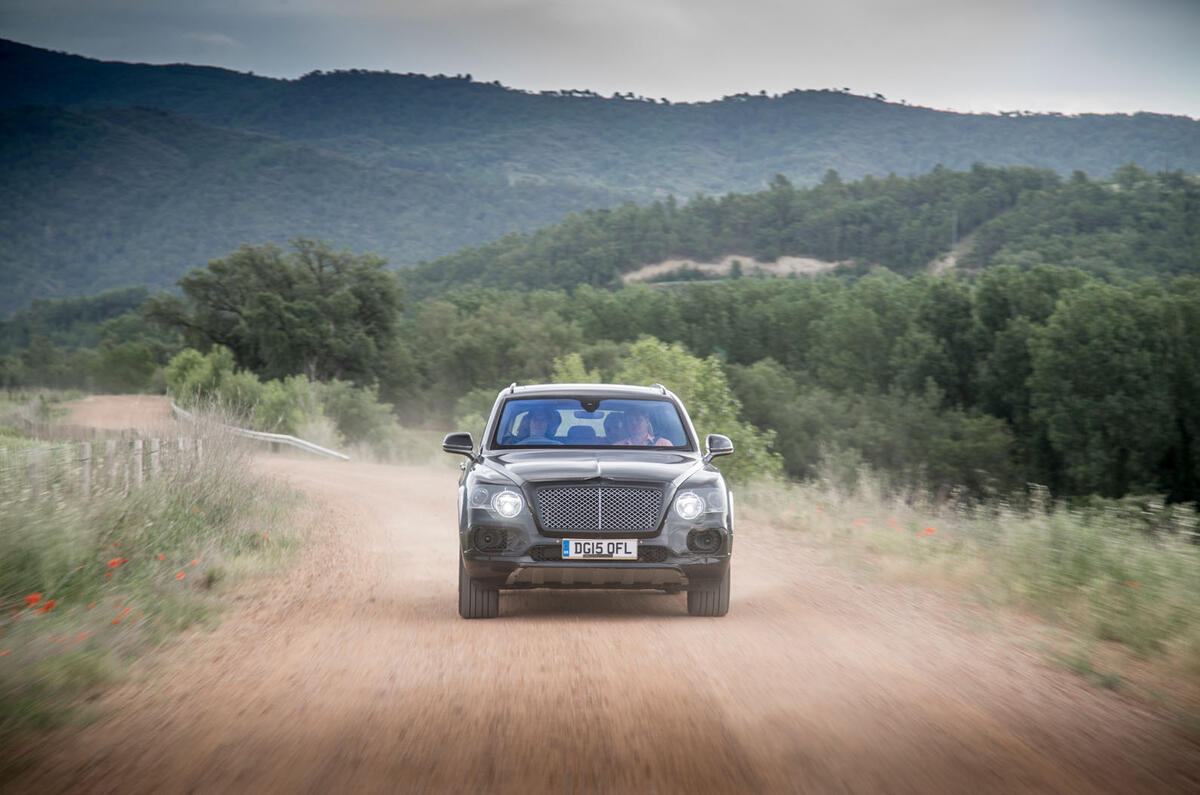
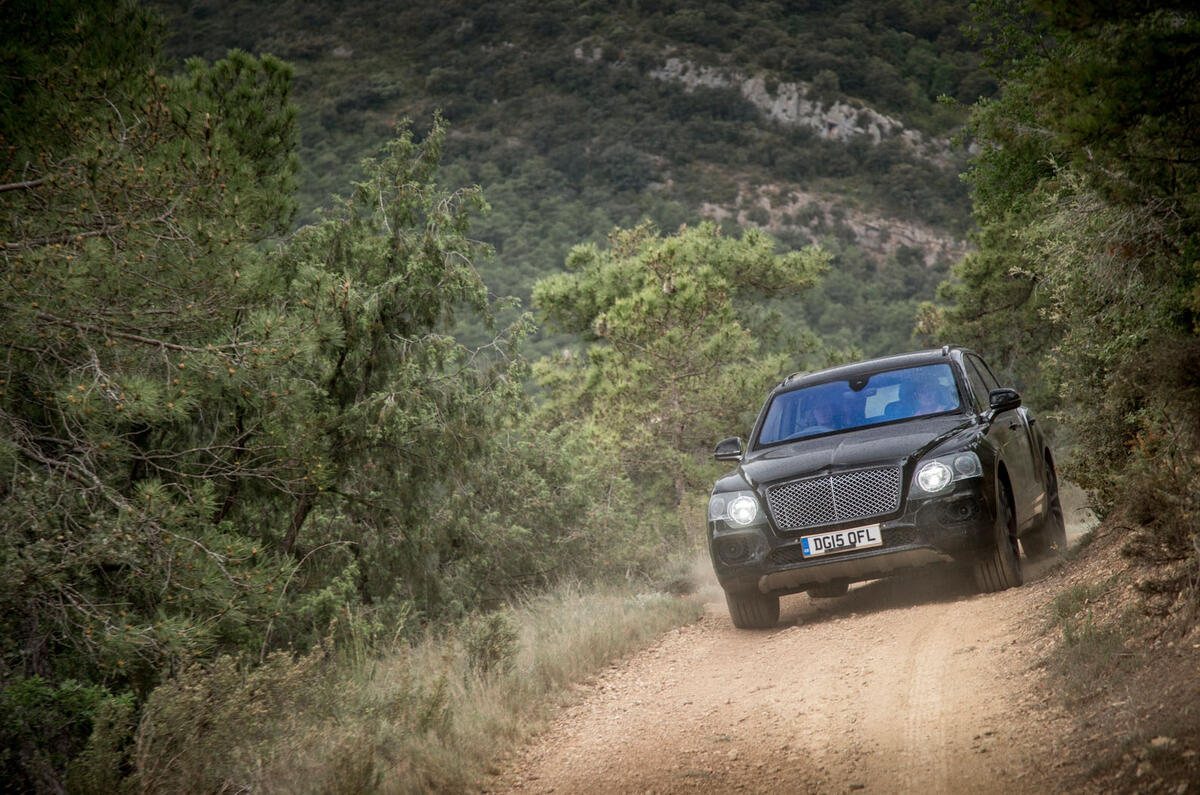
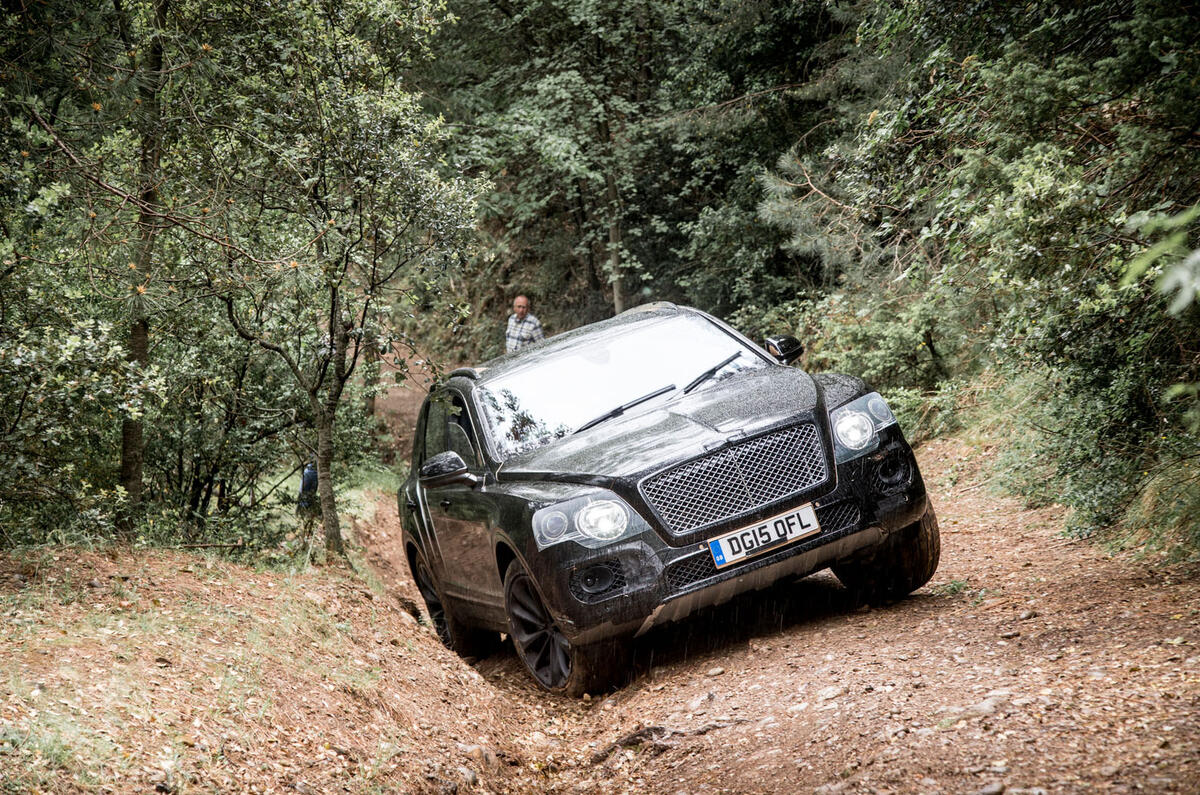
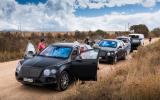


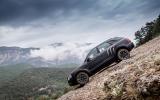
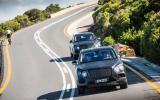
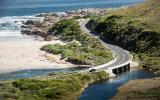

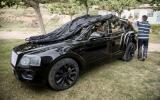
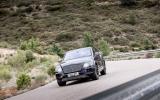
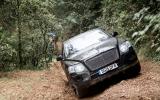
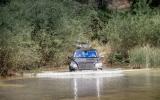





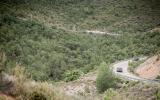


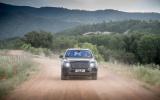
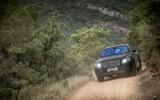
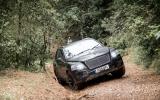


Join the debate
Add your comment
I'm sure it's a nice piece of
Oh dear, dear, Cameron
Thanks for the 'formula E '